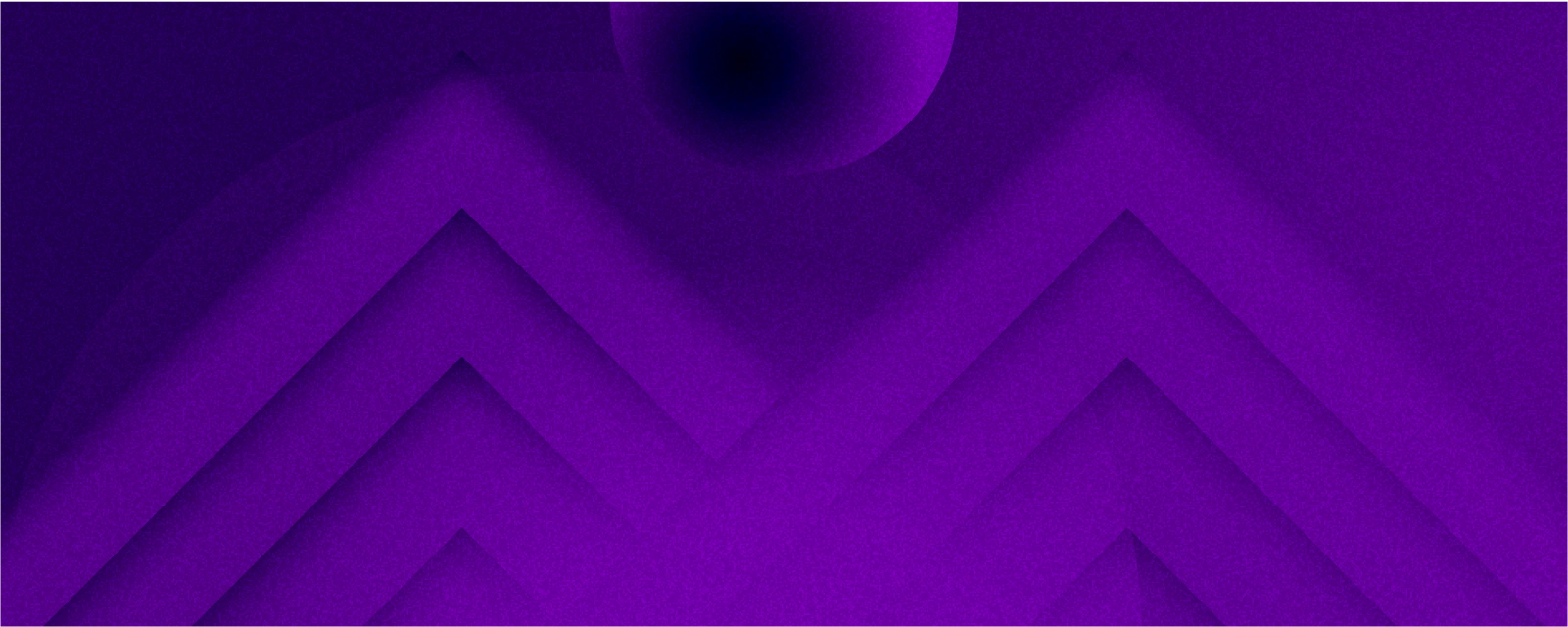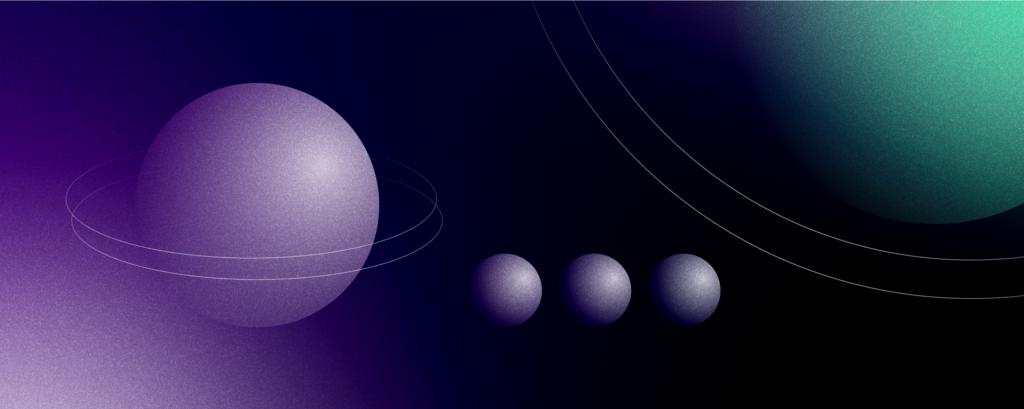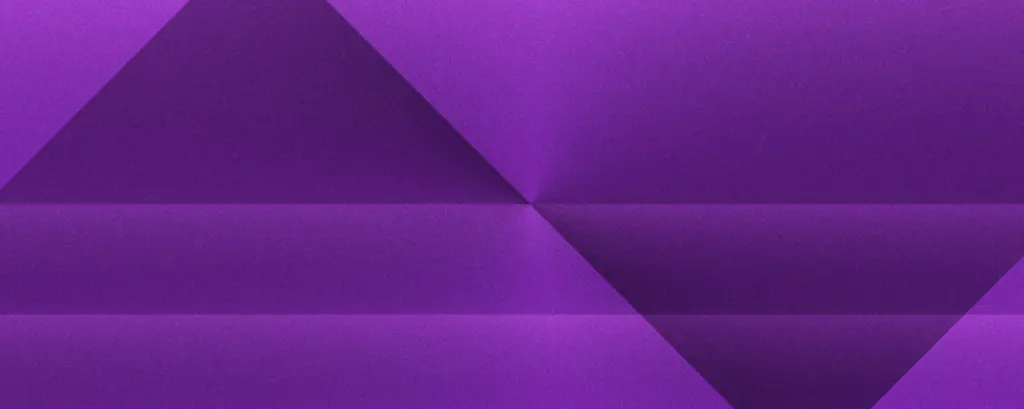February 26th, 2019 | by Jarosław Ściślak
The Age of Virtual Reality 2.0

Table of contents
The reality you live in does not exist. Everything is generated, simulated, processed and displayed. There is no way you can recognize it’s fake, everything looks and feels real. You can utilize it and feel comfortable enough to make money because this time there are no cables and there is the unlimited, overlay-free, 3D environment. Welcome to Virtual Reality 2.0.
Virtual Reality (VR) goes way beyond the cableless future, though. It’s not about replacing VR or augmented reality (AR). It’s about a combination of both worlds, delivering on promises that each individual technology can’t deliver.
Let’s take augmented reality 2.0 for example. It’s introducing SLAM or Simultaneous Localization and Mapping. This technology was originally developed for robotics, including the first Mars rover. SLAM allows for the development of a map while simultaneously tracking one’s position inside it. Although the whole process is possible under AR 1.0, newer devices have extra processing power including so-called MVUs to aid in processing. In order it to work, a “messy” room is better than a clean room, as stated by Ralph Barbagallo on Virtual Reality Developers Conference 2016.
On the other hand, we have virtual reality sets that are increasingly defined with the must-have mentality, with must-have being ‘nothing at all’. We’re talking stand-alone headsets with no connection to a video game console, PC, smartphone or any other device that support VR. No wonder companies want to free users from cables – the VR industry will be worth $38 billion by 2026.
How these billions can translate into your daily business activities?
Imagine running a fashion store with a VR 2.0 fitting room. Sure, AR applications already let you try clothes and shoes but what about a virtual room with the furniture of your choice where you can fit in with the crowd and mingle? A situation that the client defines for himself. A situation, not only pieces of clothing. An experience, not only shopping.
Imagine an automotive industry company that needs digital transformation in order to compete on a market. VR 2.0 lets managers design the entire facility complex in order to spot challenges, train personnel to get familiar with new equipment without the risk of breaking anything, repurpose old buildings to house new machinery and try in a safe, virtual environment how it will all work.
Possibilities are endless, you just have to get the right gear and software product development for it.
Oculus Rift, HTC Vive, Google Cardboard and Daydream View – these are synonyms for the current generation of VR but the industry could use an upgrade. A wireless future for new devices means more ways to interact with virtual worlds. Virtual Reality 1.5 is already here – on Consumer Entertainment Expo (CES) 2019, HTC had shown two new prototypes for their goggles. One with eye-tracking technology, limiting the need for rendering images for both eyes with the same, high resolution. It frees resources for applications due to the new buzzword: foveated rendering. The second one is more interesting, though: the prototype had built-in cameras for head tracking, therefore there is no need for additional beacons or cameras in the room.
The company that knows it is called Pimax. Its VR 2.0 set, presented at CES 2019, indicates that the future of VR is not only high-resolution but also wide field of view (FoV) and previously mentioned foveated rendering.
Kevin Henderson, Head of US Operations of Pimax VR:
Science fiction stories like Minority Report and more recently Ready Player One gave us a glimpse into the future for immersive experiences and UI control. Today we’re ready to prove that the era is closer than ever before by bringing VR 2.0 to the industry. As a contributor to VR 2.0, we are closely working with our partners to bring innovation to the industry and finally give VR enthusiasts and gamers what they have been dreaming of.
Piotr Sobolewski, CEO of Knights of Unity:
We’ve been developing VR and AR applications for 4 years now and the growing interest towards these technologies is very apparent in the industry sector. The applications that are developed are no longer just showcase demos made for events, but instead they serve as fully functional and valuable tools. Traditional industries such as logistics or steel/metal processing are using VR and AR to gain advantage over their competition. The biggest early adopters however are in the Automotive industry, where AR and VR are already present on each stage of business, from R&D (simulations), through production (factory worker trainings) to sales (immersive product configurators). Working with CSHARK as business partners give us a unique opportunity for synergy; we can offer expertise and real business value.
But Virtual Reality 2.0 is more than a cable-free world. It’s also about replacing Augmented Reality with scans of the real environment so that the overlay will be no longer necessary. What you’ll get instead is a full 3D replica of everything around you. This scan, covering 360° of your field view, can act as a stage for various business initiatives, such as:
- Making a digital twin
- Performing simulations
- Personnel training
- Factory or office furnishing & area planning
- Predictive maintenance
… and others. Virtual Reality 2.0 will let you more easily modify the layout of the working space, meaning you will be able to test new approaches, perform more scenarios without burning real resources to support virtual space.
Are you afraid of the state of your project while working under real-life conditions? Don’t worry, test your solution in a 3D-generated environment. With Virtual Reality 2.0 there is possibility to not only experience but to create as well.
How Virtual Reality works?
- First, come sensors to capture and record the real surroundings. A structure sensor acts as a laser scanner sending rays in the needed direction and then measuring points they hit to understand what colour the wall of the other surface exactly is. A new generation of goggles, starting from Microsoft’s Windows Mixed Reality sensor are all equipped with this tech
- Other sensors interpret data as it comes. Your gear does not only need information on the colour but also on the exact position and the purpose of the given item and that means geometry recognition. The floor is for walking, the table for eating, etc. On the plus size – the tech needs only information about objects the user is looking at, all the details could be added in the future if needed
- Now you can recreate the environment by using an automatic creation of 3D objects or by utilizing tools like Euclideon Unlimited Detail engine
- Finally, you have to get a VR set that supports a cable-free, quality-of-life improvement, like Oculus Go or Google Daydream
- This approach is better than past VR and AR solutions considered separately and together. Here’s why:
- When implementing VR solutions you have to remember that people tend to get lost in the experience. Their natural instincts tell them to move, which unfortunately leads to accidents, and wire-limiting experiences. Remembering about limitations of the space around you sometimes leads to unpleasantries
- AR sets can produce the same results than VR 2.0 sets, but not at the current level. Eventually, they can get there but now the amount of required processing power makes them irrelevant in this context. There is also an issue of removing, replacing or editing a real object using AR – it requires a skilful team and a lot of optical magic. And work. Long story short: it’s not worth it. Not to mention a fully blown generation of the real-world environment. And even so, recreating a teenager’s room with few furniture items and books is still less complicated than recreating a full factory with million-dollar-worth machinery, equipment and building’s geometry on top of that
Virtual Reality 2.0 sets are not meant to replace VR or AR goggles. They are a mix of everything that is good in their predecessors while extending the options beyond current limitations. Virtual Reality 2.0 is a chance, not a threat, especially in B2B relations.
What’s next?
What if I told you that everything is heading towards usability, personalization and more precise readings? Because that is exactly what’s happening. Structure sensors, inside-out tracking, meta-objects that are based for algorithms interpolating individual objects from superclass objects (like a white chair that can act like a template for every other chair you want to create or edit). These are only some of the possible examples. The future of an already futuristic Virtual Reality 2.0 is both unreal and very tangible at the same time.


